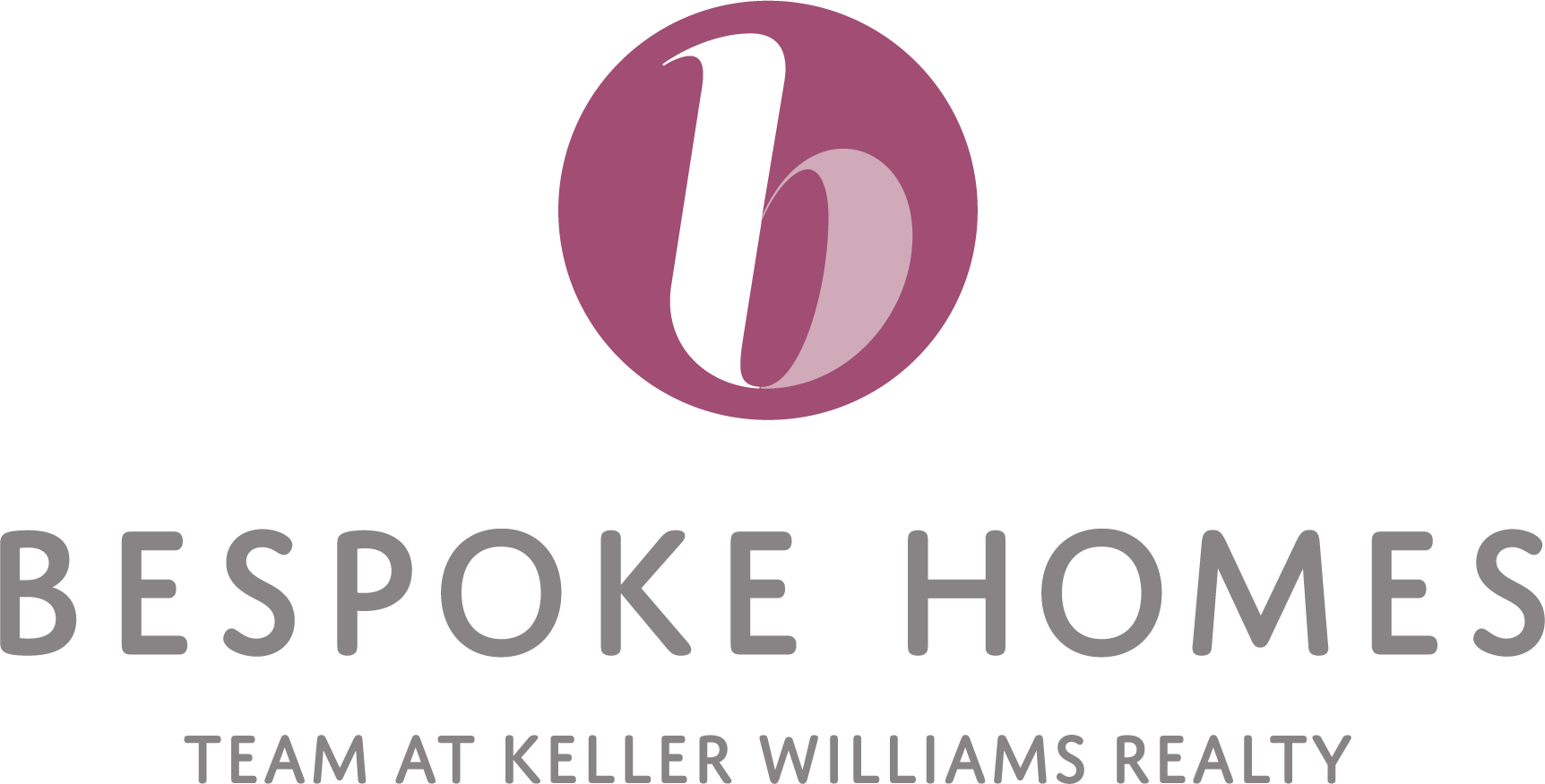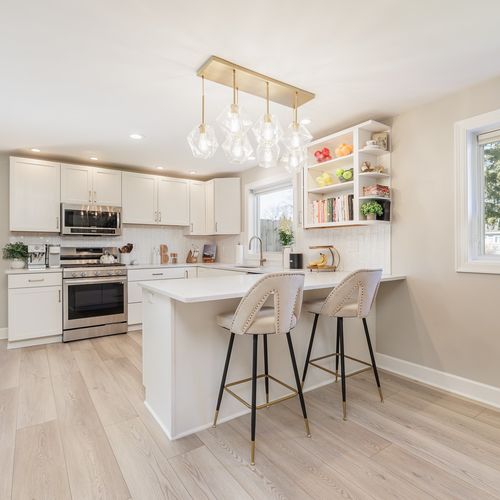“How Do I Navigate a Buy/Sell? What Are My Options?”
This is one of the most frequently asked questions we receive as real estate experts in the Rochester and Finger Lakes area. And if you're a homeowner who’s thinking about making a move, you’ve probably asked yourself this same question:
“How do I buy and sell a home at the same time?”
You're not alone. This is one of the most common and complicated parts of the real estate process. The good news? You have options. The right one depends on the current market, your financial situation, and your level of risk tolerance.
Let’s walk through the most common scenarios:
Option 1: Sell First, Then Buy
This is often the most straightforward option financially. You sell your current home first, giving you access to your equity before buying your next home. But there's a catch: where do you go in the meantime?
Interim housing options include:
Post-possession agreements (you stay in your home for a set period after it closes)
Short-term rentals or corporate housing
Staying with friends or family temporarily
This path offers clarity around your budget for the next home, but it does require some flexibility — and potentially living out of boxes for a bit.
Option 2: Use a Bridge Loan to Buy Before You Sell
If you’d rather avoid the hassle of moving twice, a bridge loan can help. This short-term loan uses the equity in your current home to fund the down payment on your next one. You pay the bridge loan off once your home sells.
This option works well if:
You can afford both mortgage payments temporarily
Your equity is tied up in your current home
You want to make a non-contingent offer in a competitive market
Option 3: “Cash for Keys” Programs
Some lenders offer a creative solution where they buy your current home upfront, allowing you to rent it back temporarily while you shop for your next one.
Here’s how it works:
The lender buys your house, giving you the cash you need to make a non-contingent offer
You rent your house from the lender while you find and close on your next one
After you move out, the lender sells your old home — and you receive any profit above what they paid
This is a great option for sellers who need cash fast but want to stay competitive on the buying side.
Option 4: Use a HELOC for the Down Payment
If your finances allow you to carry both mortgages but you’re short on liquid cash, a Home Equity Line of Credit (HELOC) could be a smart way to access the equity in your current home before you sell.
You can use the HELOC funds for your down payment, then pay it off once your current home sells.
Option 5: Reverse Sale Contingency
This is a great compromise in a seller’s market. You list and accept an offer on your current home, but include a reverse contingency that gives you time to find your next home before the deal is finalized.
Here’s how it works:
You go under contract with a buyer
The buyer agrees to give you a set period (ex: 30–45 days) to find your next home
If you can’t find one within that timeframe, either party can cancel the deal
This offers protection for you as a seller and signals to buyers that you're serious — while giving you a realistic timeline to transition.
Option 6: Make a Contingent Offer (Buy Contingent on Sale)
In a buyer’s market, this traditional route is back on the table.
You find your next home, make an offer that's contingent on selling your current one, and then list your home once your offer is accepted. You won’t close on the new home until your old one sells.
This option gives you more control over the transition, but it’s much harder to pull off in a seller’s market, where contingent offers often get overlooked.
Option 7: Buy First, Then Sell
The simplest and often most preferred option is for those who have the financial flexibility to buy first, then sell. If you have enough cash on hand or can comfortably carry two mortgage payments for a short time, this route removes the need for a HELOC, bridge loan, or contingency altogether.
It allows you to move on your own timeline, avoid interim housing, and stage your current home for sale without living in it. While this isn’t feasible for everyone, it’s hands-down the smoothest path when it is an option.
So, What’s the Right Move?
The answer depends on the market and your personal circumstances.
In a seller’s market, non-contingent offers are king — and creative financing or temporary housing might be necessary.
In a buyer’s market, a traditional contingent offer is more likely to be accepted, giving you more breathing room.
The key? Work with a team who can guide you through every step and present all of your options — not just the ones that are easiest for them.



